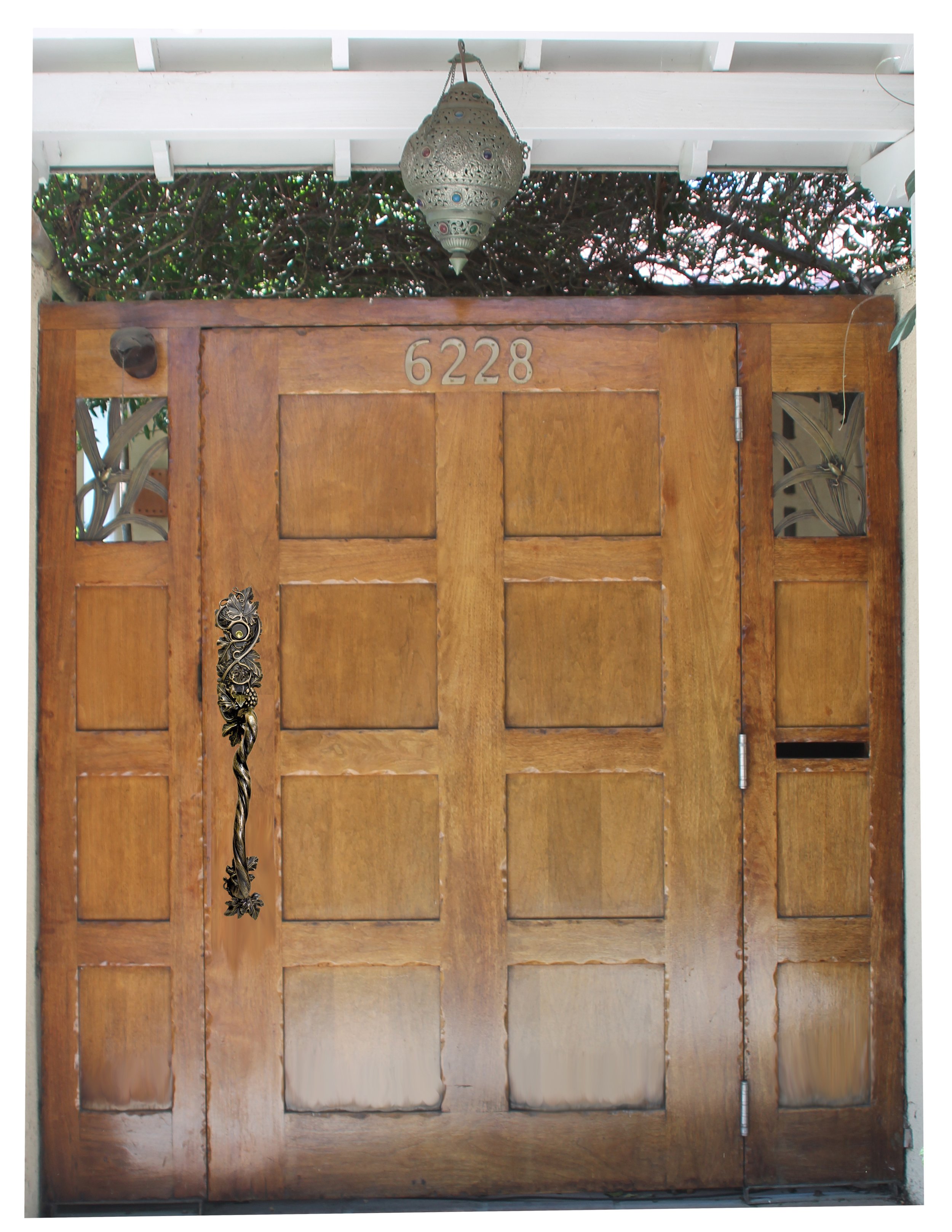Castles and Lizards - Hollywood Hills Storybook Homes
Beachwood Canyon is the cultural artery of the Hollywood Hills and sits below the Hollywood sign, formerly known as Hollywoodland. The canyon and the streets that connect to it were developed at the same time as the Hollywood studios and were home to many legendary stars. This close tie helps explain the unusual and playful style of many of the homes dating back to the founding of Hollywoodland which was one of the earliest planned community developments.
From Spanish castles to gnome cottages to ivy-clad Tudor lodges, the story book style of the canyon is undeniable. Using granite from the Union Rock Quarry in Bronson Canyon builders were able to create the original walls and stairs that lead off from Beachwood Canyon into hills above to Mulholland Dr. The same quarry was also the source for hearths, chimneys and steps and decorative balustrades. More recently the quarry cave was used to shoot the Batcave in the Hollywood Batman TV show.
In 1923 masons used granite from the Bronson canyon to construct several stairs for resident hikers.
In the Wolf’s Lair below, L.Milton Wolf, an art director and one of the Hollywoodland developers used his creative talents to build a fairy tale Norman castle. The exterior walls and cobbled entry show how useful the local granite quarry granite was to these pioneer developers.
Castillo del Lago, home to Bugsy Siegel and more recently Madonna is a Mediterranean mansion designed by John DeLario in 1926 with a panoramic view stretching from the ocean to downtown LA.
The home below needs no name given it’s unique entry way and that the Hollywood legends Clark Gable and Carole Lombard made it their home..
Notice the granite on the front wall.
More recently Beachwood Canyon residents Martin and Anne Pierce have added their own playful designs to their 1924 home with lizard design entry door handles.












